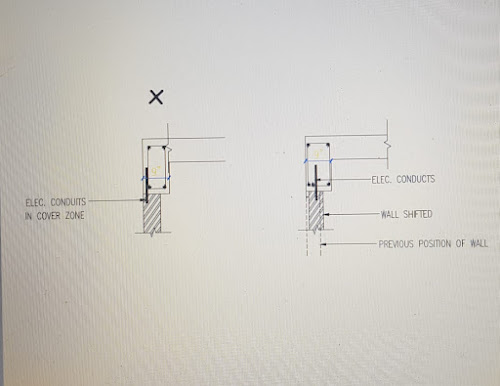WHAT IS BULKAGE OF SAND???
- Get link
- X
- Other Apps
1) 20 lits, 25 litres measuring boxes (Farmas).
2) Bucket.
3) Measuring tape
B) Material : Sand & Water
C) Procedure :
1) Fill sand loosely in 20 litres, Measuring box and level with wooden log.
2) Unload the measured sand in 25 litres measuring boxes.
3) Fill 20-litre box with water up to ¾ heights.
4) Unload sand from 25 lit box in water in 20 lit box and level properly.
5) Remove water from top of sand and measure the level of sand at 4 places and take average depth.
6) Calculate Bulkage using the following formula.
7) Bulkage (%) = X x 100 / d
Where d = Final level of
sand
D = Initial
level of sand
X = Average depth of Settlement
D) Sample Calculations:
Bulkage
(%) = X x 100 / d
Where d = Final level of sand
D = Initial level of
sand
X = Average depth of
Settlement
d = D - X
X1 = 4.5 cms.
X2 = 4.5 cms.
X3 = 4.5 cms.
X4
= 4.5 cms.
Therefore,
X
= ( 4.5 + 4.5 + 4 + 4) /4= 4.25 cms.
d
= D – X = 30 - 4.25 = 25.75 cms
Therefore,
% Bulkage = [4.25 /
25.75] x 100 = 16.5 %
8) Observation/Conclusion: As Per Sample Calculation, Bulkage = 16.5%.
- Get link
- X
- Other Apps


Comments
Post a Comment